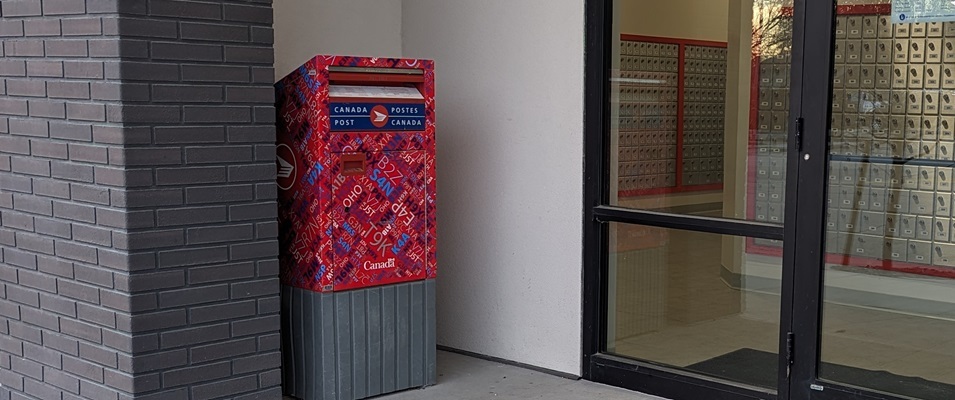
As part of the NDP’s pledge to help create safer communities, the spring provincial budget includes $500,000 to support homeowners and small businesses who wish to beef up their security.
Set to launch in June, the program will begin accepting applications for rebates on security equipment purchases. This includes purchases made retroactively to September 1, 2023.
Applicants can anticipate a maximum of $300 towards their purchase. The program will end when the fund is depleted. Should all applicants apply for the maximum rebate, just under 1,700 individuals are set to benefit from the program.
“Everyone should feel safe in their home and their community,” said Justice Minister Matt Wiebe in a press release. “This rebate is a step our government committed to during the election to help build a culture of safety throughout our province and we are following through on that commitment today. This is just one part of our government’s plan to make communities safer and lower costs for Manitobans. By taking advantage of this rebate, people can equip their homes with cameras, lights, or other security measures and save some money while doing it.”
Equipment eligible for the rebate includes security cameras, alarm systems, motion detectors, reinforced doors or windows, anti-graffiti film, paints, security gates, pull-down protection shutters, and permanent security fencing.
Rebates will not be provided for ongoing subscriptions or monthly fees payable to security system companies. Hardware associated with the alarm will be.
Applicants with more than one home or business can only apply for one location.
Matt is a Niverville resident, a certified electrician and project manager with a security company specializing in governmental, institutional, and commercial security applications. He has requested anonymity to protect his company.
Late last fall, he installed a doorbell camera system on his home and plans to apply for the rebate this June.
“To me, this [sounds] like a way for the government to help the individual person start to secure their property,” Matt says. “For large-scale systems, $300 isn’t going to make a dent. However, for the average person, it will help a lot. And if you’re a small business, every penny helps.”
Alarm systems begin at around $1,500, he says, and go up from there. But if you’re in the market for fairly basic home security options, the rebate will be very useful.
“You can go to Home Depot and walk down the electrical aisle where all the doorbells are and you’re going to find all the standard do-it-yourself [security cameras],” he says.
Matt’s choice for his home was the Reolink doorbell camera, which cost him around $200. The system syncs to an app on his cell phone and notifies him, whether he’s home or away, when anyone approaches his front door.
“I can see the live video, I have two-way talk, and I’ve got a little siren I can push if it’s someone who’s not supposed to be there.”
Because he’s an electrician, his system is hardwired into the home. But, he adds, many of them have Wi-Fi options and don’t require any expertise to install and use.
Many inexpensive security devices also offer video data storage, allowing the homeowner to save and refer back to videos months later.
“[The province is] trying to deter the porch pirates,” Matt says. “They’re trying to deter the people that are following the Amazon trucks who are stealing people’s packages. They’re trying to help [homeowners] know who is coming to their property.”
But for all the great security products on the market today, he says there are just as many out there that people should try and avoid.
First of all, he recommends that people be aware of the gimmicks used by door-to-door security system salespeople. Mostly he says they’re out to sell customers on indefinite contracts with a monthly fee. There usually isn’t any charge for hardware or installation, but in the end the homeowner is never in ownership of it.
More often than not, these companies build “no exit” clauses into the fine print of the contract making it virtually impossible to stop paying them, even if a person sells the home.
Perhaps for this reason, the government subsidy does not cover subscriptions or monthly fees.
“Excluding monthly fee [systems] really cuts out 90 percent of the alarm integrators, because that’s how they’re making their money,” Matt says.
In his line of business, Matt is also aware of the fact that many security devices or their parts are built in foreign countries and are not NDAA (National Defence Authorization Act) compliant. Devices such as these may come with risks, especially if they require the internet to relay information to the homeowner.
“Your data can be going to their servers in [another country] before it’s routed back to you,” says Matt. “Now, what are the odds that someone in [that country] really cares about my doorbell camera at home? Probably pretty low. But in aggregate, once they get enough data, that’s what we’re worried about.”
A fairly simple online search can help consumers identify which brands are NDAA compliant before they head out to buy.
“I look at this [rebate] as a major positive,” says Matt. “I just wish it was more. I would put out a caution to everyone, though, not to spend money you can’t afford to because you don’t know that you’ll be getting that money back.”



















